Why Are So Many "Sustainable" and "Zero-Waste" Products Made From Animals?
Why isn't anyone talking about this?
Updated Oct. 1 2020, 2:52 p.m. ET
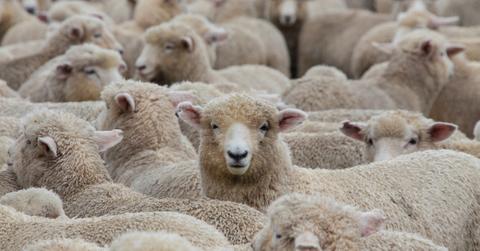
For most of my life, I didn’t give too much thought to where the things I bought came from. But when I learned about the zero-waste lifestyle a few years ago and I started seeking out zero-waste alternatives for pretty much everything I used, I suddenly began seeing the world through a conscious consumer lens.
Through that lens, I started reading up on the immense effects animal agriculture has on the environment (as well as on animal welfare and human health), and I eventually realized that to lower my environmental impact, eschewing animal products would be even more impactful than reducing my plastic use. But as I transitioned to a vegan lifestyle, my conscious consumer lens only grew sharper, and I noticed something that no one seemed to be talking about: So many of the “sustainable,” “zero-waste,” and “ethical” products that were celebrated in zero-waste communities were made from animals.
These animal products are often marketed as eco-friendly — but they’re not all that sustainable.
I suddenly realized that many of the “zero-waste” products I’d been happily purchasing during my first year as a zero-waster were made from animal materials — and therefore not quite as eco-friendly as I originally thought.
Here are a few examples of purchases that many people see as "zero-waste": beeswax wraps instead of tin foil, bulk honey instead of maple syrup, chicken eggs packaged in cardboard, cow’s milk packaged in returnable glass bottles, and clothing made from “natural” fabrics including wool, silk, and leather. But if these things come from animals, and animal agriculture is anything but sustainable, how can any of these so-called zero-waste items actually be sustainable? *Cue headache.*
Why are animal products seen as sustainable?

So, why do so many “sustainable” brands use animal-based materials, and why are so many zero-wasters and environmentalists under the impression that it’s at all sustainable to breed, raise, and kill animals for our consumption and use?
While the answer is certainly different from case to case — and many non-vegan environmentalists will argue that there are no issues with taking from animals — here are a few factors I think account for companies framing animal-based products as zero-waste, eco-friendly, or sustainable.
1. The animal agriculture industry is wildly powerful.
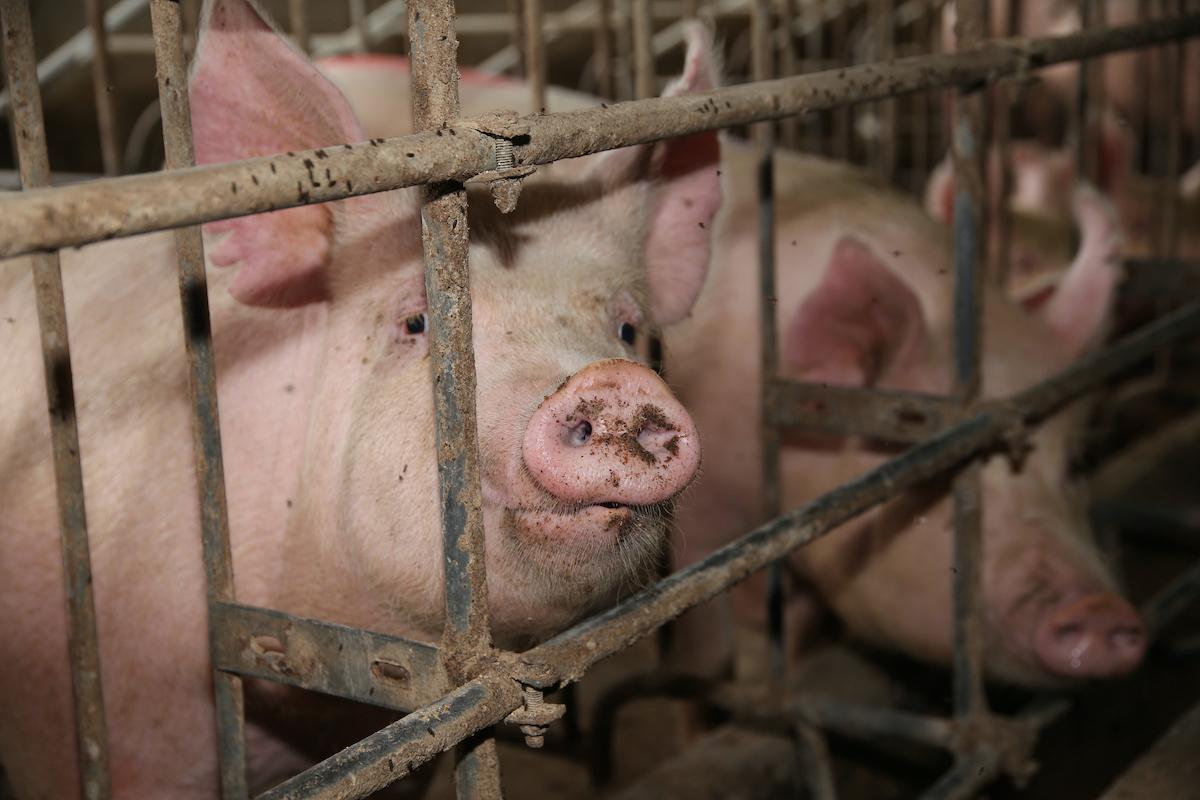
The animal agriculture industry has become highly profitable (in part thanks to government subsidies) and all-powerful over the past century, with factory farms completely redefining the way the world eats (and exploits animals). Animal agriculture primarily refers to the corporations that breed, raise, and kill animals for meat, dairy, and eggs, but it also includes the wool, leather, fur, and honey industries — who make products that many people think have a light environmental footprint, but are often a result of animal agriculture.
2. The industry hides how wasteful animal products are.
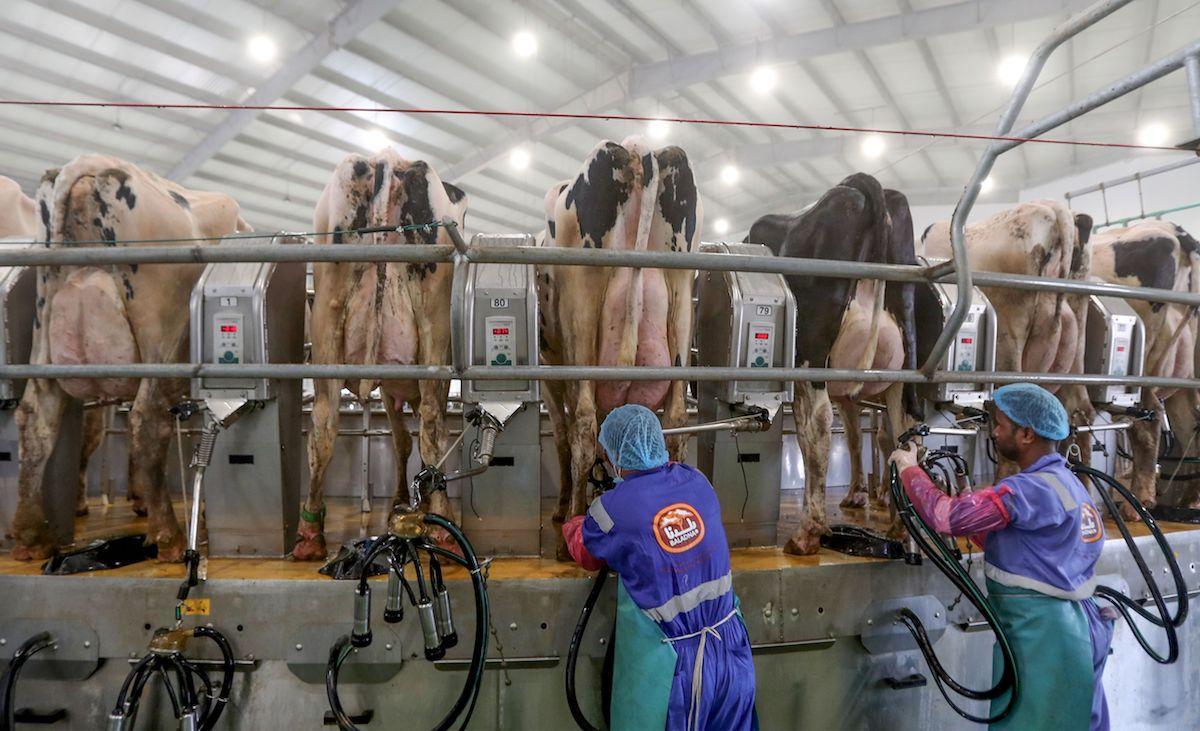
The zero-waste lifestyle is one that seeks to reduce plastic use as much as possible, rather than holistically lower one’s environmental footprint (which has prompted some environmentalists to adopt the term “low-impact” instead). For example, in zero-waste Facebook groups, members often post about victories such as buying meat from a butcher in their own container, therefore avoiding plastic and making the purchase “zero waste.”
But in the animal agriculture industry, most of the waste remains behind the curtain, so zero-wasters often do not realize that when it comes to food (as well as clothing, household products, and more), animal-based items have a much higher impact than they appear. In fact, factory farming is one of the most wasteful industries on Earth.
Animal agriculture is responsible for an estimated 18 percent of global greenhouse gas emissions, according to the United Nations Food and Agriculture Organization. That primarily comes from the meat, dairy, egg, and fish industries, which rely on incomprehensible amounts of land, water, crops, and electricity, and in which the tens of billions of land animals and trillions of fish who are slaughtered each year emit methane and other GHGs.
Not to mention, the commercial fishing industry is responsible for most of the plastic in the ocean — and even though ocean plastic is a chief concern of those living zero-waste lifestyles, I spent my first year as a zero-waster ignorant to that information.
3. Companies falsely equate biodegradability with sustainability.
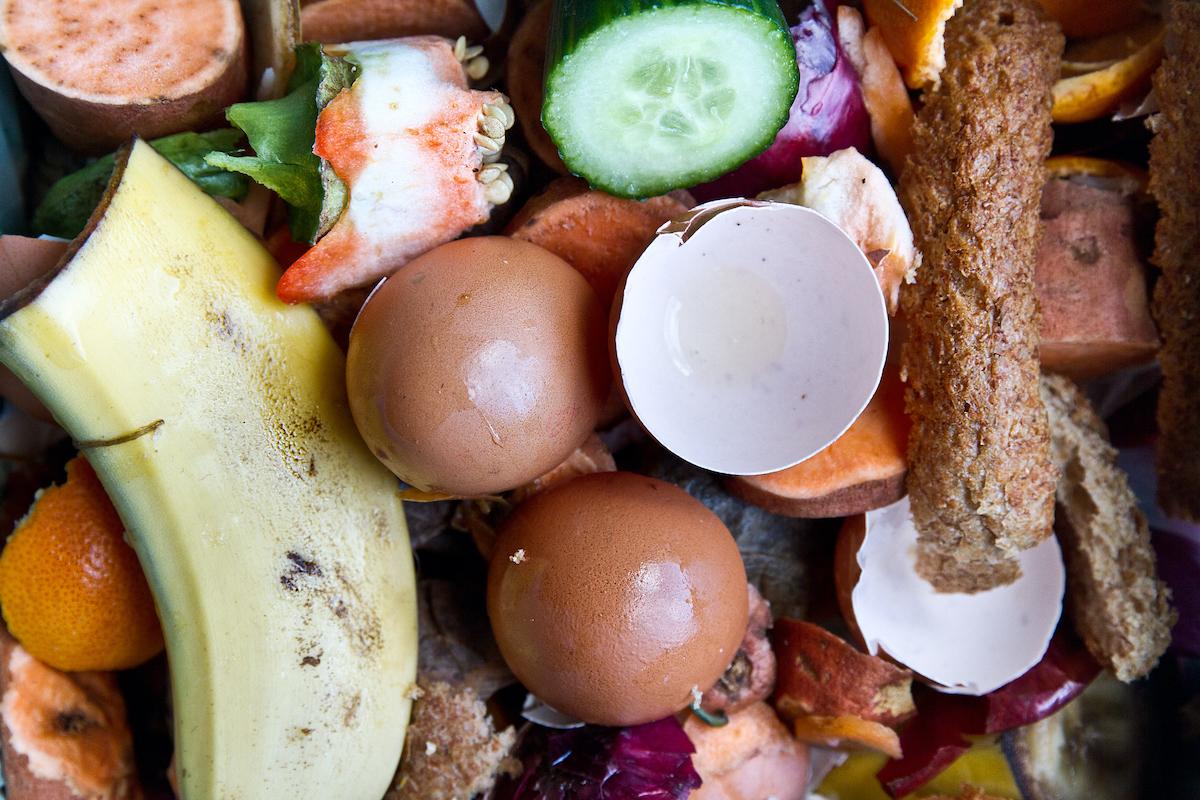
Just because many animal-based fabrics are biodegradable (or claim to be biodegradable) does not mean they are sustainable or ethical.
Let's take leather for example. Leather is the skin of an animal (typically cows) that has been processed, treated, and dyed. As you probably know, raising cows is not very environmentally friendly. Raising cows takes an enormous amount of resources, cows emit tons of the potent GHG methane, their feces pollute the air, waterways, and soil, which endangers neighborhoods near farms — which are often communities of color or low-income communities. There's also the dangerous and polluting process of tanning leather, which uses carcinogens such as formaldehyde and chromium, and in which hazardous waste is dumped landfills and into waterways — endangering the tannery workers, locals, and the environment.
The fur industry isn't much better, as it also raises its animals on factory farms, uses toxic chemicals to process the fur, and slaughters animals to create its product. Both the leather and fur industries often argue that their materials are environmentally-friendly, natural, and biodegradable — however, due to all the chemicals and treatments applied to leather and fur to preserve them, they will not actually biodegrade or break down in your compost bin. Surprisingly, petroleum-derived faux leather and fur are less environmentally harmful than animal-based fur and leather — the environmental impact of fur is 28 times higher than that of polyester.
That said, there are a few animal-based fabrics that will typically break down in a compost bin, such as wool, silk (made by silkworms) and cashmere (made from the coat of cashmere goats). However, that does not mean it these materials are sustainable or ethical.
Just like in the meat, dairy, and egg industries, wool, cashmere, and silk primarily come from animals raised on factory farms or large-scale farms where profit is put above welfare, and where most people would be shocked to discover the exorbitant use of land, water, crops, and electricity, the emissions, and the daily animal cruelty and slaughter. (When sheep and goats no longer produce enough fur, they are slaughtered for meat; and about 3,000 silkworms are killed to make just one pound of silk).
When taking all that into account, opting for a cotton sweater (or even a secondhand wool sweater!) over a wool one seems like a no-brainer.
4. Marketing is powerful.
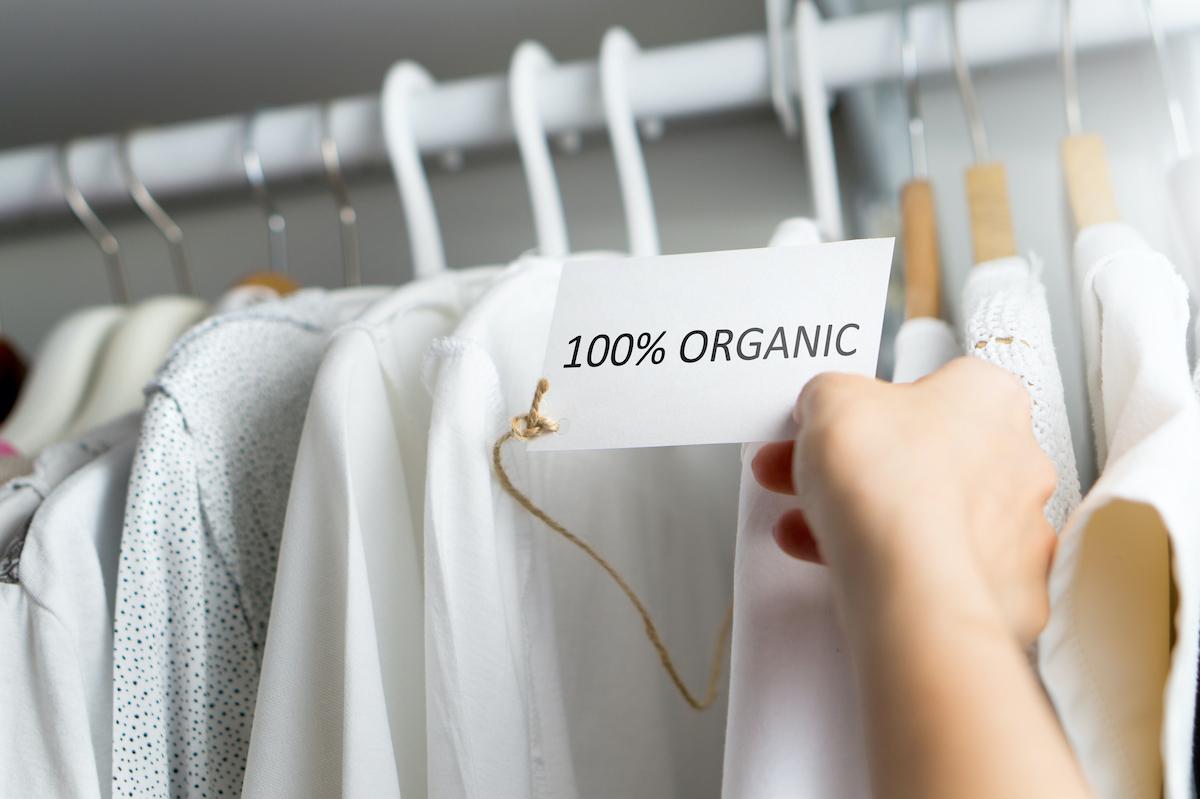
But why have those three things led customers to believe that animal products advertised as eco-friendly are actually eco-friendly? I think it all comes down to one thing: marketing.
The animal agriculture industry often uses marketing to frame animal products as sustainable and ethical to the consumer — greenwashing, anyone? — when most of the time, opting for plant-based, secondhand, or synthetic alternatives would carry a much lower environmental impact and less ethical qualms.
Basically, with animal-free and plant-based alternatives to pretty much every animal-based food, fabric, and home item, there’s no reason to use animal products if you’re trying to reduce your environmental impact.
5. Being a conscious consumer requires some effort.
It takes some personal effort to see past greenwashing and become a conscious consumer — and major industries know that most humans prioritize convenience over effort. But you have the power to reject our culture of convenience.
To combat greenwashing in the eco shopping movement, we must look at more than just whether a company has a sustainability page on its website and whether a product is plastic-free — because those qualities alone do not indicate sustainability.
Other things to consider when trying to shop sustainably and ethically include: whether the item contains animal products, how far away from you it was made, where materials are sourced from, if synthetic materials are used, the factory conditions, benefits for workers, if the company has any eco certifications, the company’s mission, and sustainability commitments for the future.
And sure, it may take a bit more effort to shop consciously than to shop blindly — but I promise once you decide to take the blinders off, your conscious consumer lens will help you see things much clearer.